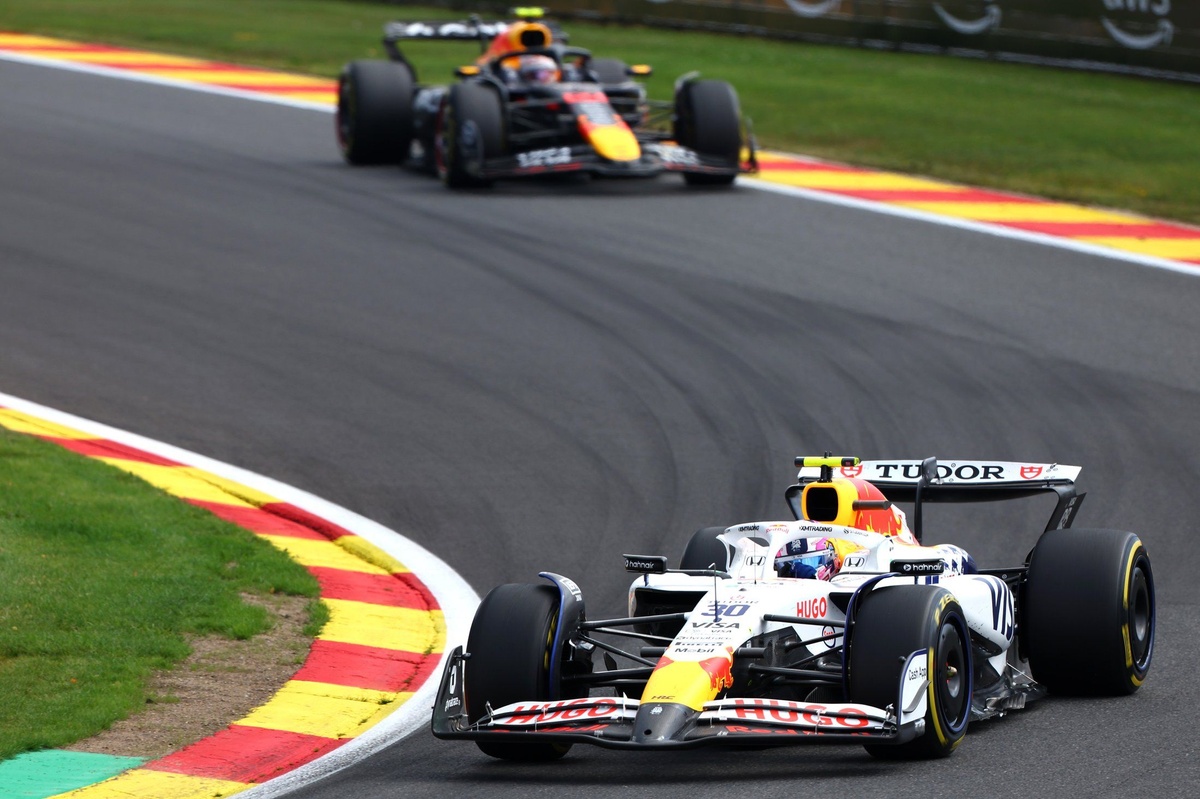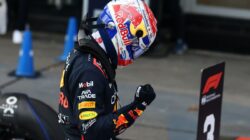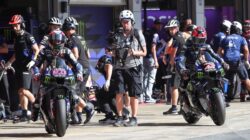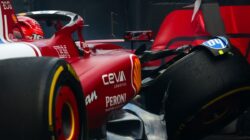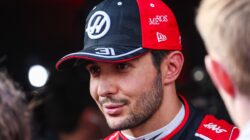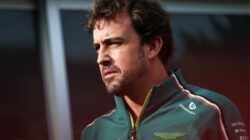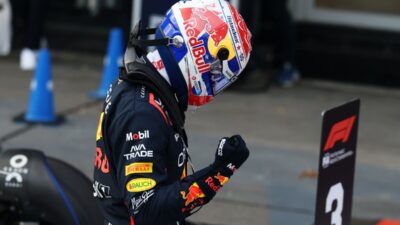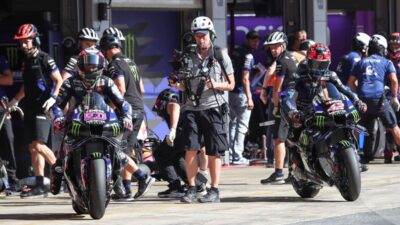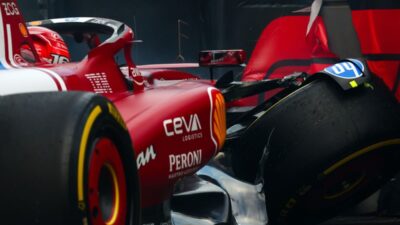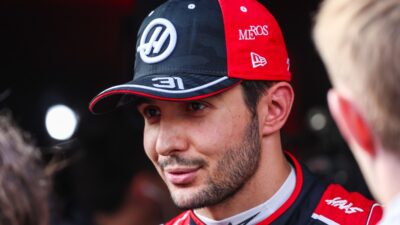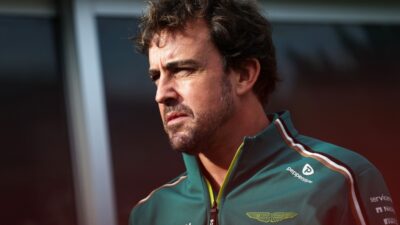Red Bull Racing Struggles to Match Racing Bulls’ Performance
Principal of Red Bull, Laurent Mekies, has stated that the difficulties faced by his Formula 1 team cannot be fixed simply by mimicking the consistent elements of Racing Bulls’ cars. The Racing Bulls drivers have outperformed the second Red Bull driver, whether it’s Liam Lawson or Yuki Tsunoda, so far. The Faenza squad has accumulated a total of 45 points when Lawson did not score any points in two Red Bull races, while Tsunoda only managed to score seven points in 12 grand prix races.
Red Bull’s second car has been consistently slower than at least one Racing Bull in nine occasions (excluding sprint qualifying), with Max Verstappen even being 0.003 seconds slower than Lawson in Austria. The team had one of their worst weekends in recent memory at the Hungarian Grand Prix last weekend. Verstappen started in 8th place in qualifying, just ahead of the Racing Bulls, and struggled to secure a 9th place finish behind Lawson on Sunday.
Following Saturday’s qualifying, Sky Sports F1 asked Mekies if Red Bull could take some aspects from the Racing Bulls’ cars to improve the performance of the RB21 – an idea that he dismissed. Mekies emphasized that each car’s origin is too distinct for components to be transferred between them. This highlights the nature of Formula 1, where 10 independent teams bring their own ideas for car development based on their unique experiences and strategies.
Mekies also acknowledged the importance of Verstappen’s extensive experience in difficult times like these, as the four-time F1 champion has been racing for Red Bull for the past nine years, making them the third-longest F1 partnership behind Lewis Hamilton at Mercedes and Michael Schumacher at Ferrari. Verstappen’s comprehensive knowledge of when the car performs well or poorly has been invaluable, especially when the team faces challenges with grip levels.
At Hungaroring last weekend, Mekies admitted that they had experimented but failed to find a solution to the RB21’s lack of grip. He described how the issue was evident from the first lap of Free Practice 1, with the team struggling to understand why they were lacking pace in various corners. Despite trying multiple solutions and setups, the team couldn’t find the right balance, which ultimately affected their performance in qualifying.
In conclusion, despite the challenges faced by Red Bull Racing, particularly with the performance gap between their cars and the Racing Bulls, the team continues to analyze and experiment to address the issues affecting their performance on track. It is clear that the complexity of Formula 1 demands unique and innovative solutions tailored to each team’s specific circumstances, and Red Bull is committed to overcoming their current struggles through diligent research and development.

